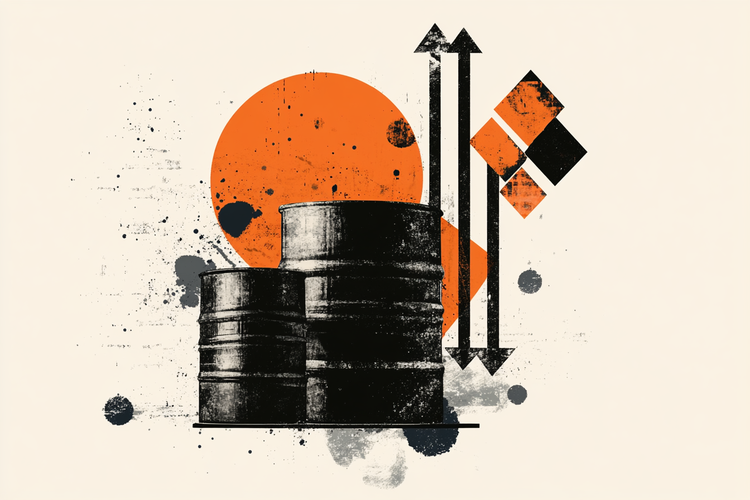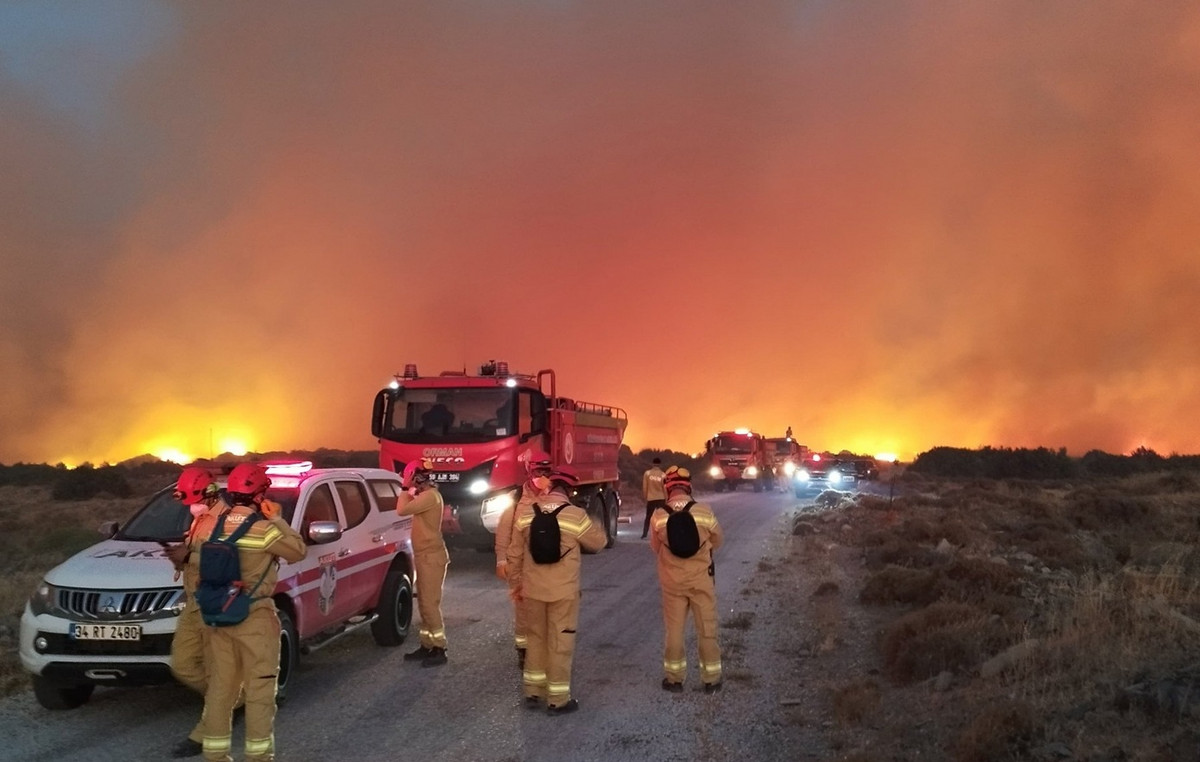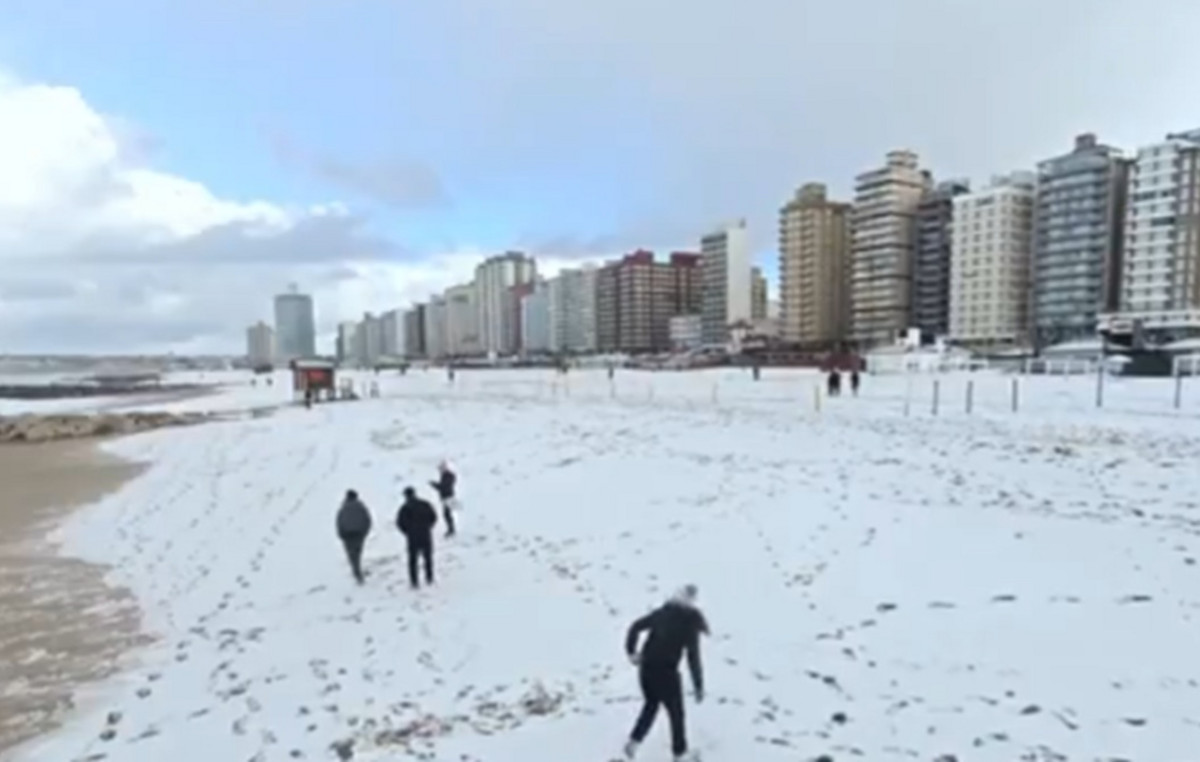Human skin is used as a biological dressing in cases of severe burns and even injuries resulting from congenital diseases. In order for it to be transplanted into patients, in Brazil, there are five skin banks that are responsible for capturing, preparing and storing the tissue.
However, since the beginning of the Covid-19 pandemic, the drop in donations has depleted national stocks. According to data from the Ministry of Health, collected at the request of the CNN the year 2021 saw a reduction of around 30% in total skin stored for transplantation, compared to 2019. This is the lowest storage since 2015.
The Tissue Bank of the Division of Plastic Surgery and Burns at Hospital das Clínicas (HC) in São Paulo, the main responsible for the state’s skin demand, faces a historic low.
Currently, this bank has an average of 3,400 cm² of skin, an amount capable of serving a maximum of three patients with severe burns. By comparison, in 2018, the stock was almost ten times larger, at 30,000 cm². The scenario is just no worse than in January of this year, when the bank went to zero.
In Rio de Janeiro, currently, the Skin Bank of the National Institute of Traumatology and Orthopedics (Into) does not have tissue available in stock. According to the doctor in charge, Sandra Baião, despite the pandemic, the bank can increase funding through donation campaigns, but the tissues are still being prepared for transplants.
“The current zero stock is due to an increase in leather demand associated with the reduction in capture in the first months of 2022”, he says.
The Leather Bank of Irmandade Santa Casa de Misericórdia, in Porto Alegre, is also out of stock. There is skin in processing, but, according to director Eduardo Chem, as soon as it is released, it is immediately destined for needy patients.
“During the pandemic, we had a very large reduction in donations, which are slowly resuming this year”, he says. In recent years, donation requirements have increased: more serological tests are carried out and donors cannot have contracted Covid-19 or taken the vaccine against the virus recently – which has limited donations.
In 2020, at the beginning of the circulation of the coronavirus, the lack of knowledge about the disease and the lack of testing for Covid-19 restricted donations — all collections were even suspended due to uncertainty about the transmission of the virus to the recipient from a transplant. of skin.
With the availability of a molecular diagnostic test (RT-PCR) for brain-dead organ donors, it was possible to resume uptake and, later, also for donors who died of cardiopulmonary arrest.
This year, even with the possibility of guaranteeing the microbiological safety of the tissues, the uptake continues to fall.
According to the doctor and director of the skin bank in São Paulo, André Paggiaro, the improvement in sanitary conditions is not going at the same pace as the bank’s replacement. “Even with the resumption, we are faced with a very worrying problem: the significant drop in the supply of skin donors. We are currently working on the edge, with a very tight reserve margin,” he says.
The ministry reports that it works to expand stocks, aiming to prevent the shortage of fabric in situations of major emergencies and that, despite the reduction in stocks, the supply of fabric has not yet been impacted. Supply dropped by 30%, on average, between 2019 and 2021, which may have subtly offset the drop in funding and reduced the low in inventories.
However, André Paggiaro warns: “In the event of an increase in the number of burned patients in the country or a tragedy, such as the Kiss nightclub, we would not be able to meet this demand”.
In general, the entire scenario of organ donation was affected by the epidemiological scenario, although, for Paggiaro, the constant drop in skin donations was more intense due to the stigmas regarding the procedure.
Skin donation happens when a patient dies and, when the possibility is offered, the family authorizes the removal of the tissue. To be a potential donor, it is important that the victim has not been affected by cancer with metastatic potential, does not have a generalized infection or infectious diseases transmitted through blood, such as malaria, for example.
In general, they are people who died of brain death and cardiorespiratory arrest. Specialists point out that skins are taken from areas that go unnoticed at the donor’s funeral, such as the back of the thigh and back, so as not to change the appearance. Doctors emphasize that it is important for people to express their desire to donate among friends and family.
(*Under the supervision of Lucas Rocha and Andre Rigue, from CNN)
Source: CNN Brasil







